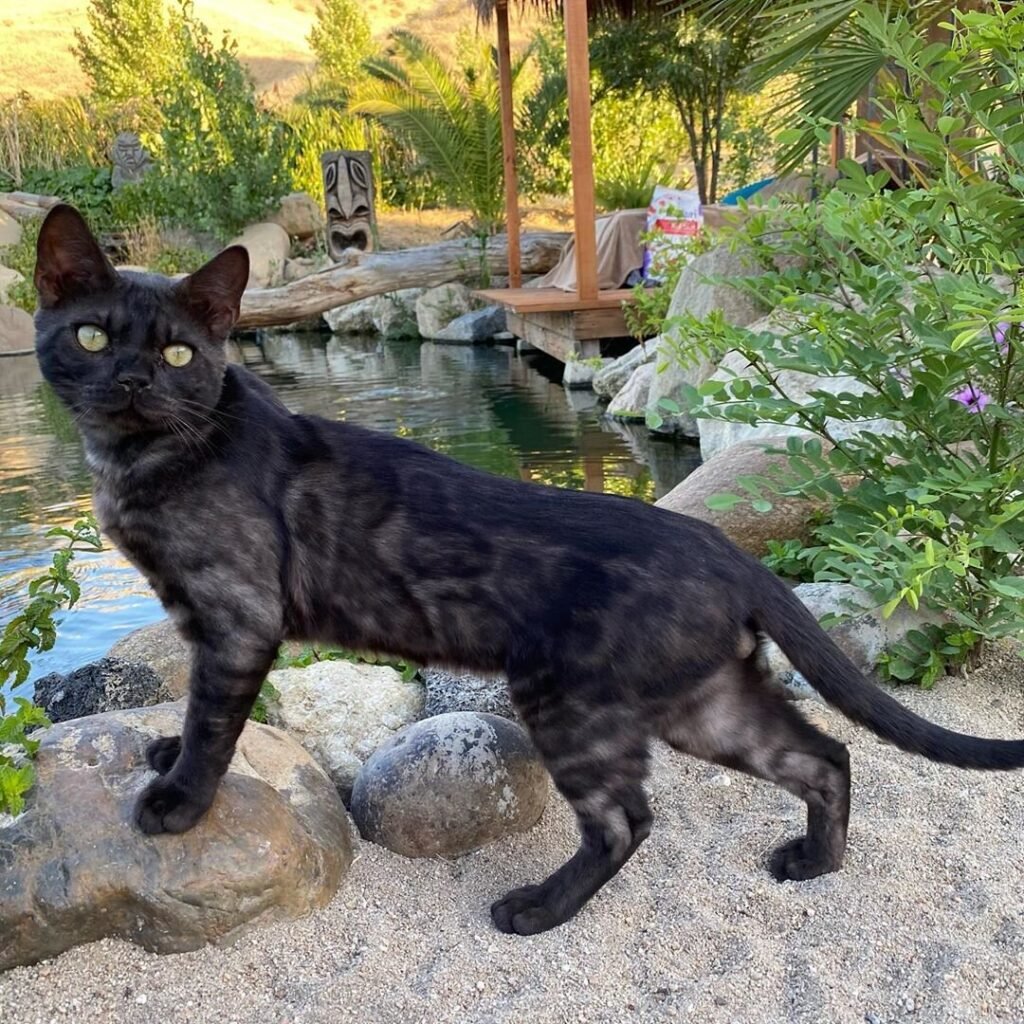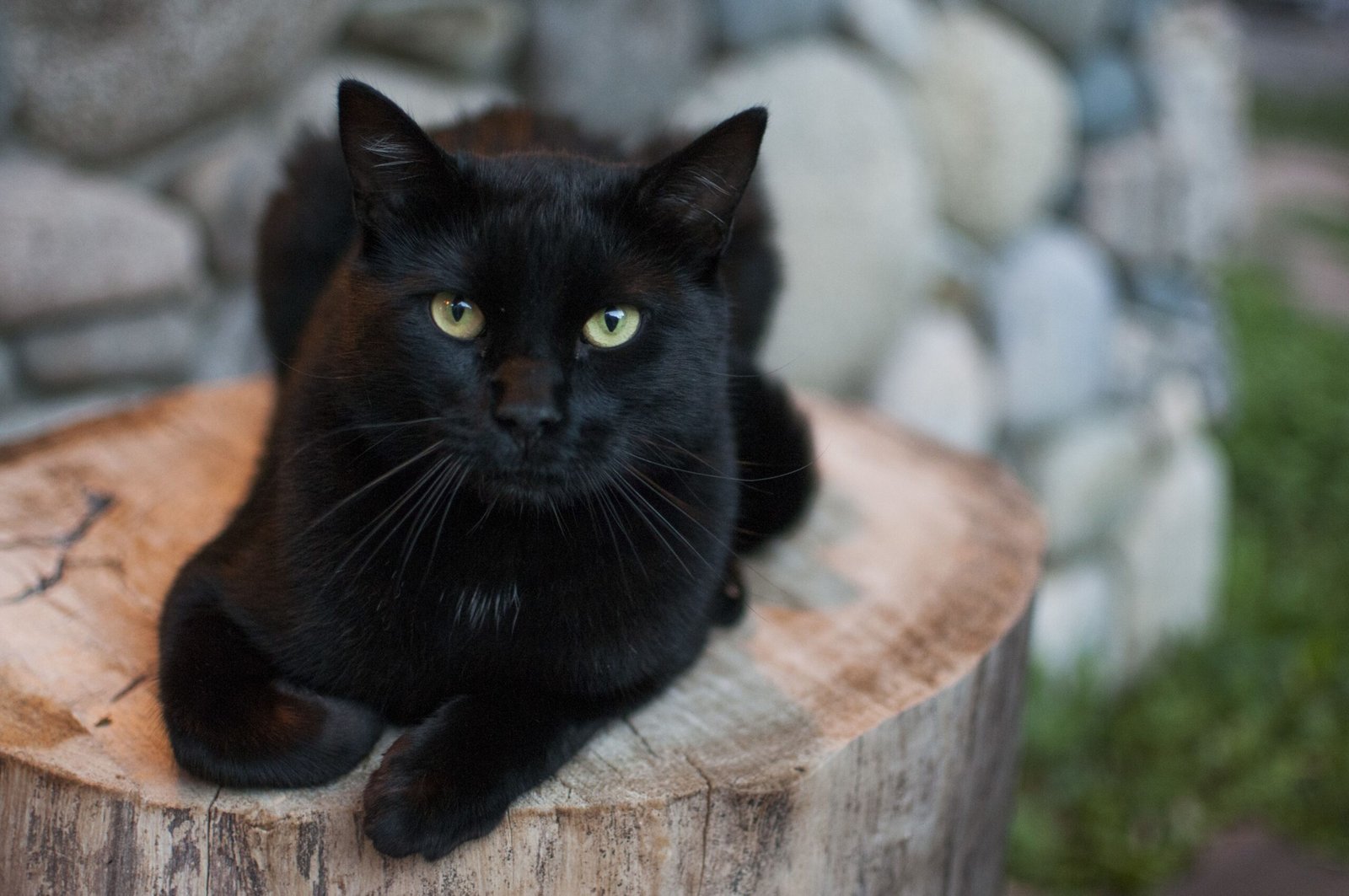Are you curious about the rarity of black tabby cats? Well, look no further! In this article, we will explore the fascinating world of black tabby cats and unravel the mystery behind their uniqueness. Whether you’re a cat lover or simply intrigued by the diversity of feline appearances, join us on this exciting journey as we discover the truth behind the rarity of black tabby cats. You’re in for a treat!
What are Tabby Cats?
Tabby cats are a common and popular type of domestic cat characterized by their distinctive coat patterns. These patterns typically consist of stripes, lines, or swirls, and they can come in a variety of colors. Tabby cats are known for their playful and friendly nature, making them a beloved choice for many cat owners.
Tabby Cat Characteristics
In addition to their unique coat patterns, tabby cats possess several defining characteristics. They usually have a medium-sized, muscular body with a rounded head and almond-shaped eyes. Tabby cats often have a short and dense coat, which helps them withstand various weather conditions.
Tabby Cat Patterns
Tabby cat patterns can vary greatly, but there are a few common types that are frequently seen. One of the most popular is the classic or “mackerel” tabby pattern, characterized by narrow, vertical stripes that run parallel along the cat’s body. Another common pattern is the “ticked” tabby, which appears as a speckled or flecked coat. There are also spotted tabbies and marble tabbies, each with their own unique pattern variations.
Coat Colors in Tabby Cats
Tabby cats can come in a wide range of coat colors. Some common colors include brown, gray, cream, and orange. The color of a tabby cat’s coat can have variations within the pattern as well, such as a brown tabby with a lighter or darker shade. These variations make each tabby cat unique and visually appealing.
What is a Black Tabby Cat?
A black tabby cat is a tabby cat with a predominantly black coat. While black tabby cats may seem rare, they are actually quite common and can be found in many households around the world. The black tabby coat color is a stunning and elegant variation of the classic tabby pattern.
What Makes a Cat a Black Tabby?
To be considered a black tabby, a cat must have a dark base color, typically black or a very deep shade of brown. This base color is then overlaid with the distinct tabby pattern, which can manifest as stripes, swirls, or spots. The contrast between the black base color and the tabby pattern creates a striking and eye-catching appearance in black tabby cats.
Black Tabby Patterns
Black tabby cats can exhibit various tabby patterns. The most common pattern seen in black tabbies is the classic or “mackerel” tabby pattern, characterized by thin, vertical stripes that resemble the shape of a fish skeleton. Another pattern found in black tabby cats is the “marble” pattern, where the stripes appear more swirled or marbled.
The Rarity of Black Tabby Cats
While black tabby cats are not extremely rare, they are considered less common compared to other tabby coat colors. This perception of rarity may stem from the fact that black cats, in general, have faced superstitions and myths throughout history, leading to a smaller population of black tabbies. However, black tabby cats can still be found in various regions and often capture the attention and admiration of cat lovers.

Statistics on Black Tabby Cats
Exact statistics on the population of black tabby cats are difficult to determine, as they are not recorded separately from other tabby variations. However, anecdotal evidence suggests that black tabbies are not as frequently encountered as other tabby colors, such as brown or gray. This relative scarcity contributes to their perceived rarity and adds to the allure surrounding these beautiful felines.
Factors Influencing Rarity
Several factors can contribute to the rarity of black tabby cats. One such factor is the gene pool within breeding programs. If breeders focus primarily on producing cats with specific coat colors or patterns, the prevalence of black tabbies may decrease. Additionally, cultural preferences and trends within different regions can also impact the prevalence of black tabby cats.
Admiration for Black Tabby Cats
Black tabby cats have long held cultural significance and have been admired for their unique and striking appearance. In many cultures, black cats, including black tabbies, are considered symbols of good luck and protection. Their elegant and mysterious aura has also captured the attention of cat owners and enthusiasts, contributing to their popularity as pets.
Cultural Significance
In various cultures, black tabby cats have been associated with positive symbolism. In ancient Egyptian mythology, the goddess Bastet was often depicted as a black cat, representing fertility, protection, and good fortune. In Scottish folklore, it is believed that a black tabby cat entering a home brings prosperity and abundance. These cultural beliefs have further enhanced the admiration and appreciation for black tabby cats.
Popularity among Cat Owners
Black tabby cats have gained popularity among cat owners due to their unique and visually appealing appearance. Many cat enthusiasts are drawn to their sleek black coats combined with the intricate tabby patterns, which create a captivating and luxurious look. Additionally, the playful and affectionate nature commonly found in tabby cats makes them wonderful companions for individuals and families alike.
Role of Genetics in Coat Color
The color and pattern of a cat’s coat are determined by a complex interplay of genetic factors. Different genes control the production of pigments and the distribution of color across the cat’s body. For example, the Agouti gene plays a crucial role in creating tabby patterns, while the Melanocortin 1 Receptor (MC1R) gene influences the production of black and brown pigments.
Genes Associated with Black Tabby Pattern
To achieve a black tabby coat, multiple genes need to work together in harmony. The Tabby (Ta) gene is responsible for creating the tabby pattern, regardless of the coat color. The Melanocortin 1 Receptor (MC1R) gene determines the production of eumelanin, the pigment responsible for black or brown coloration. These genes, along with various modifier genes, contribute to the development of the striking black tabby pattern.
Black Tabby Cat Breeds
While black tabby cats can be found in various breeds, some breeds are more commonly associated with this coat color. The Maine Coon, one of the largest domestic cat breeds, often exhibits the striking combination of a black coat and tabby pattern. Additionally, the Bengal breed is known for its black tabby cats with beautifully marbled patterns, creating a wild and exotic appearance.
Famous Black Tabby Cats
Throughout history and popular culture, several black tabby cats have risen to fame. One well-known black tabby is Hedwig, the loyal companion of the famous wizard Harry Potter in J.K. Rowling’s beloved series. Another notable black tabby is Salem Saberhagen, the mischievous talking cat from the television show “Sabrina the Teenage Witch.” These and many other fictional black tabby cats have captivated audiences worldwide.
General Health Considerations
Black tabby cats, like any other cats, require regular veterinary care and attention to maintain their overall health. It is important to ensure they receive proper vaccinations, annual check-ups, and a balanced diet. Regular grooming and dental care are also essential to keep their coat and teeth in optimal condition.
Specific Care Needs
As black tabby cats often have dense coats, they may require more frequent grooming to prevent matting and shedding. Regular brushing helps remove loose hairs and distribute natural oils, keeping their coat healthy and shiny. It is also important to provide engaging playtime and mental stimulation to keep them mentally and physically active.
How to Identify a Black Tabby Cat
Distinguishing a black tabby cat is relatively straightforward. Look for a cat with a predominantly black coat that displays visible tabby patterns such as stripes, swirls, or spots. The contrast between the base black color and the pattern should be evident and eye-catching. However, it’s important to note that the specific tabby pattern and color intensity can vary among individual black tabby cats.
Common Misidentifications
Sometimes, black tabby cats can be mistaken for other coat colors or patterns due to variations and environmental factors. For example, in certain lighting conditions, a black tabby’s coat might appear more brown or gray. Additionally, if the tabby pattern is less pronounced or covered by denser fur, the cat’s coat may appear solid black. These misidentifications can occur, but a careful examination will reveal the true black tabby nature.
Conclusion
Black tabby cats, with their striking combination of a predominantly black coat and intricate tabby patterns, continue to capture the hearts of cat lovers worldwide. While they may be perceived as rare, black tabby cats can be found in various breeds and household settings. Their unique appearance, playful nature, and cultural significance make them a source of admiration and joy for cat owners, further adding to their charm and allure.

